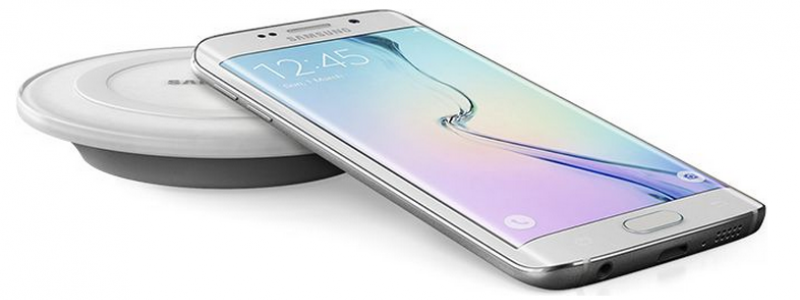Wireless Charging To Show Rapid Growth In 10 Years, Per IHS

According to new data from research firm IHS, most mobile users will no longer be plugging their mobile devices to recharge, in the next 10 years. Within a decade's span, wireless charging could be the standard method for charging.
As recently reported by IHS, the total number of shipments of wireless power receivers reached 55 million units in 2014. But the research firm is predicting an upward trend that will see the number of shipments increase to over 120 million units by the end of this year. In other words, shipments will become twice as many this year compared to the previous year. IHS added that wireless charging receivers will continue to grow, evening reaching 2 billion units in shipments by the year 2024.
Wireless charging technology has been slow to keep up with the advancement of smartphones, tablets, and other mobile devices. Over the last few years, we have seen new and improved mobile devices being released every year, but when it comes to wireless charging, no progress appears to have been made at all.
But there are relatively recent signs that the tide is now slowly turning for wireless charging. Last March, Samsung shook up the wireless charging industry by announcing that its two newest flagship devices, the Galaxy S6 and its curvy sibling the Galaxy S6 Edge, will be supporting wireless charging.
Even the Apple Watch, Apple's first ever wearable device, is supporting a variation of the technology, which it calls "tightly coupled inductive solution," even though it has a charger that connects to the reverse side of the device's watch face.
Other brands, not necessarily phone makers, are starting to see wireless charging's potential. IKEA, the biggest furniture maker in the world, is planning to sell furniture bundled with wireless charging.
Wireless charging may be poised for exponential growth, but still, obstacles remain. One of them is the issue of compatibility. The mobile devices today that do support wireless charging have to content with standards that compete with each other. For instance, the Wireless Power Consortium (WPC) promotes the Qi standard, which is a different standard being pushed by the Power Matters Alliance (PMA) and the Alliance for Wireless Power. Although the latter two have since decided to unify this coming July, WPC is still pushing for the Qi standard.
The Qi standard is already being used by most smartphones, but PMA's standard is slowly gaining traction. Samsung's flagship devices support both the PMA standard and Qi. And many expect that after the July merger of PMA and the Alliance for Wireless Power, more devices will be using the PMA standard. The competing standards can be tricky for consumers, especially for those who like buying third party wireless chargers for their mobile devices.
But perhaps the need for wireless charging is will eventually overcome these obstacles related to standards. As our world continues to be more mobile-driven, it is really only a matter of time before everybody uses wireless charging, regardless of any standard a particular organization pushes.
Related Blog Articles
- Tips Before Preordering The Apple Watch
- Are Millennials Missing Out By Getting Rid of Cable?
- Is The Cost Of Owning A Smartphone Getting Too High?
- How Will the Comcast/NBC Merger Affect You?
- Buy The Apple TV From Target And Get A $10 Gift Card
- Samsung Better Than Apple In Terms Of Customer Loyalty, Per SurveyMonkey
- Instagram Has New Post Notifications For Specific Accounts, Color And Fade Tools
- AT&T Gets Hit With $25 Million Fine By The FCC Over Stolen Customer Data
- Is Sling TV Already Failing?
- Apple Watch To Be Sold Online Only During Initial Release


 Menu
Menu